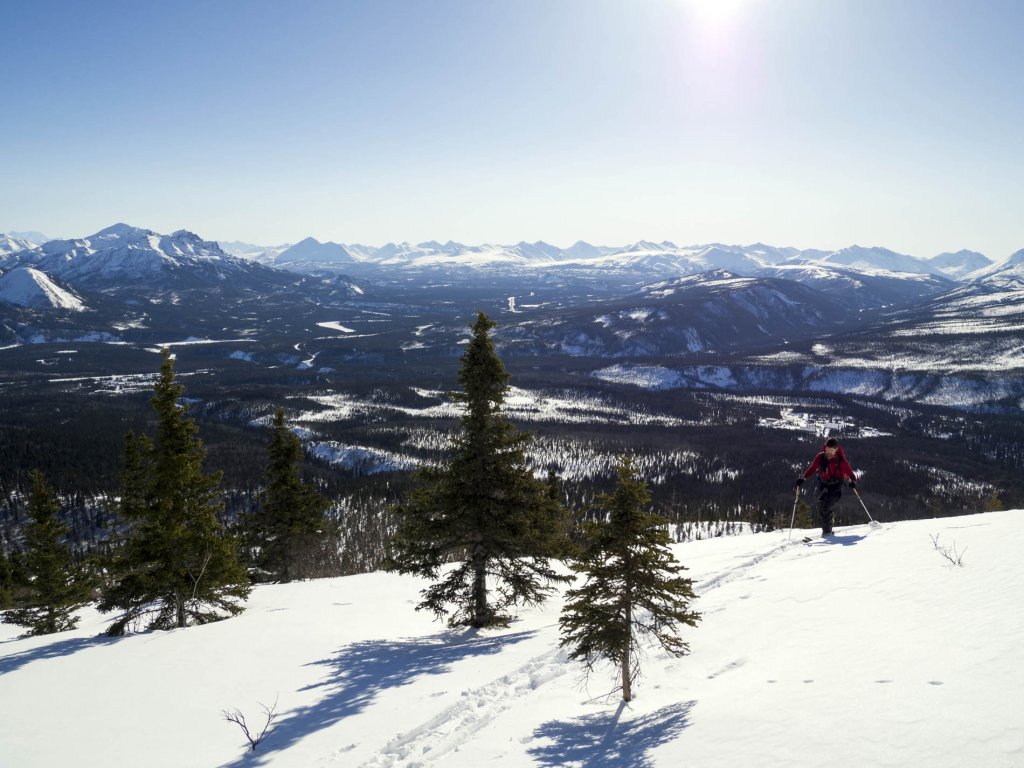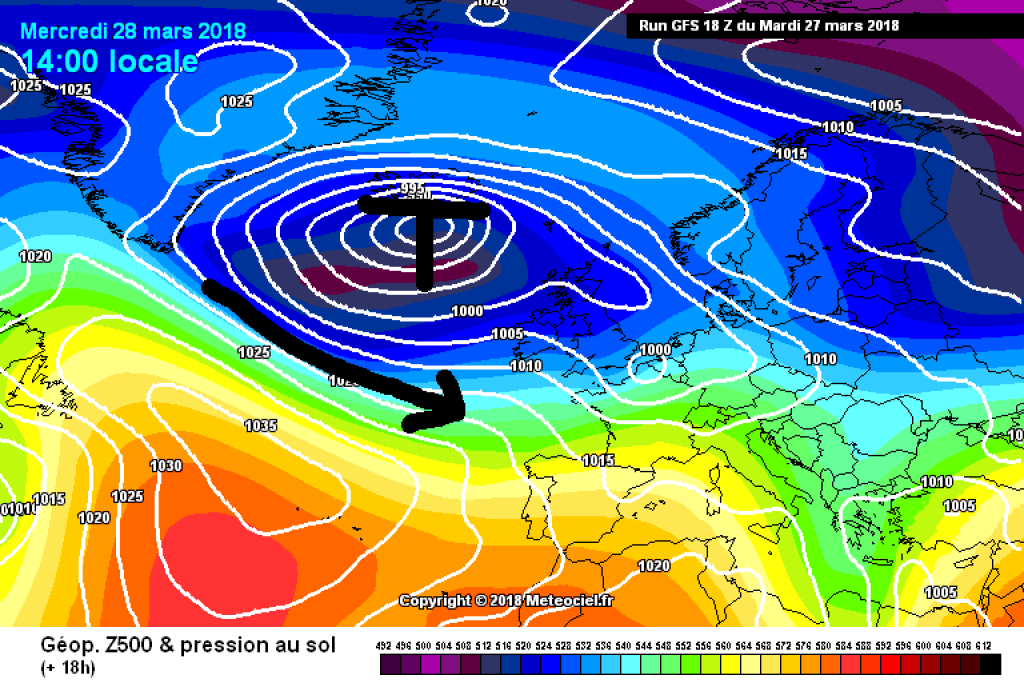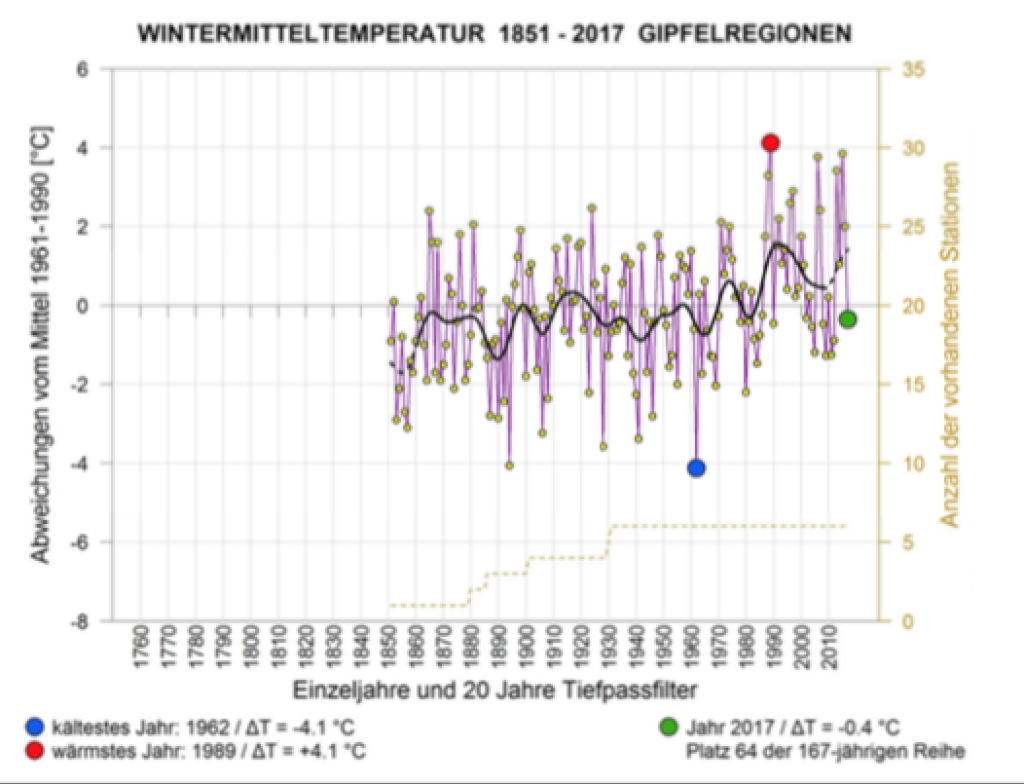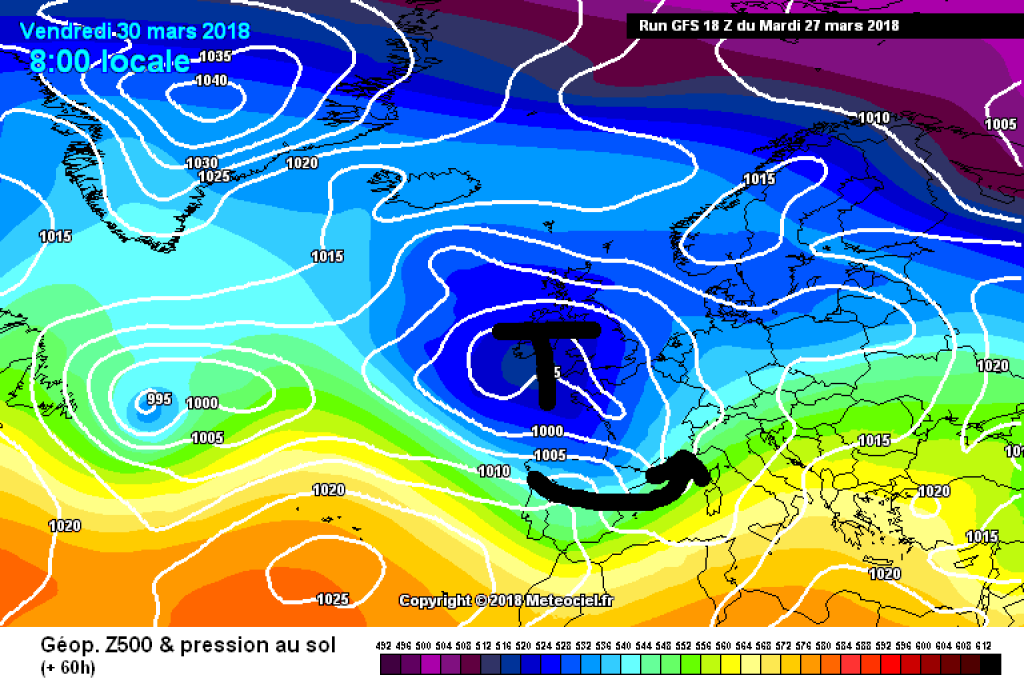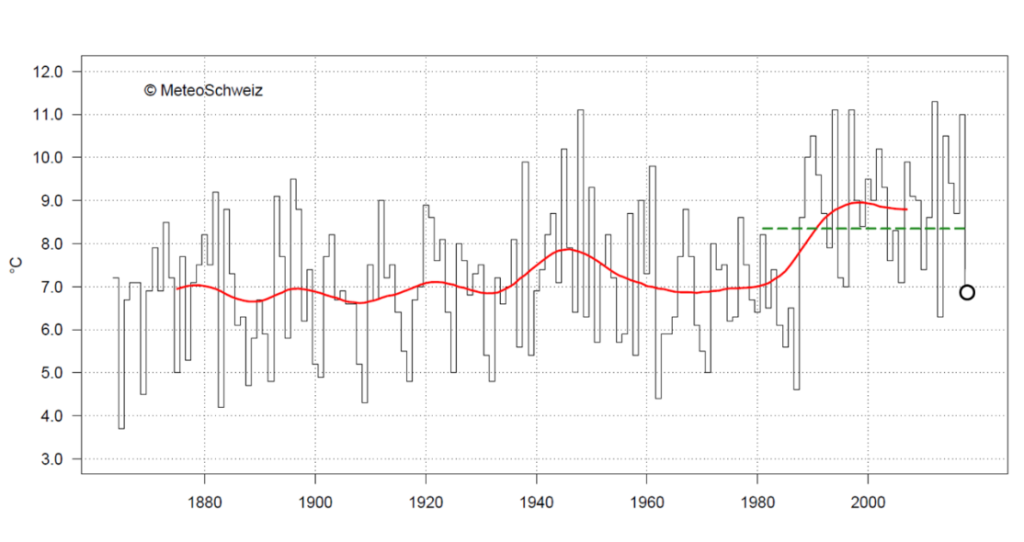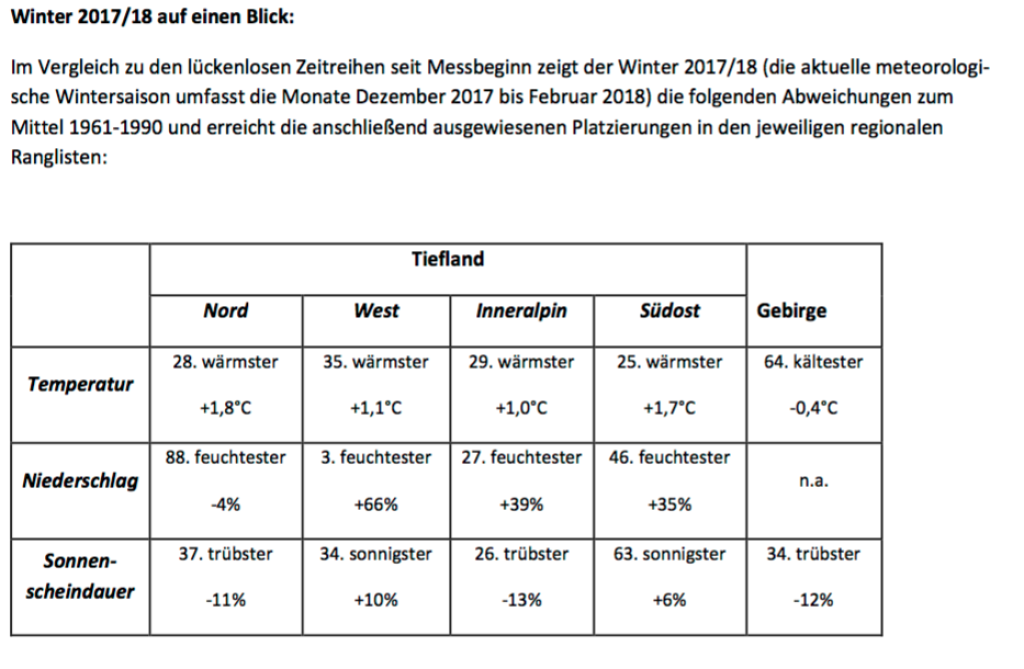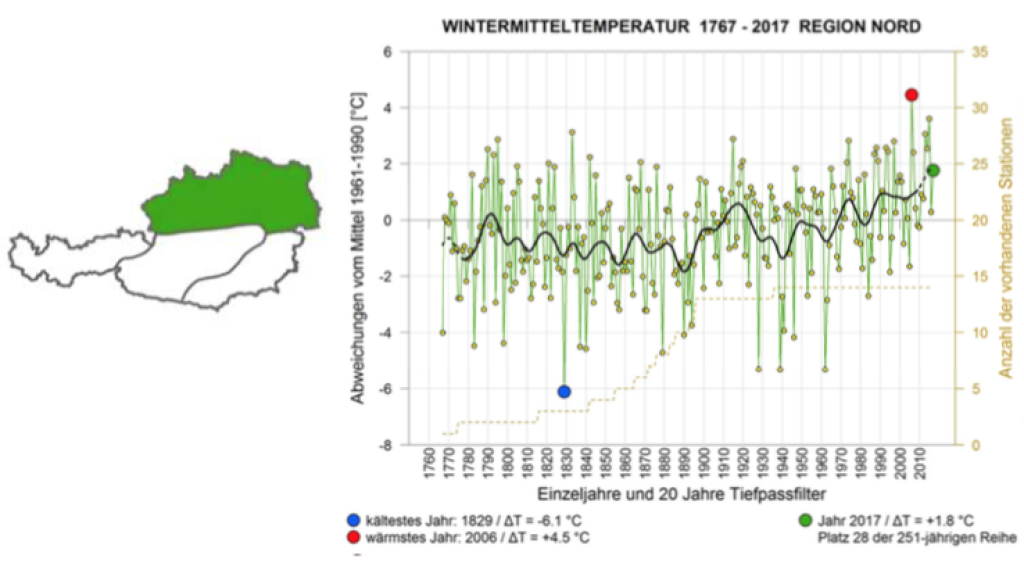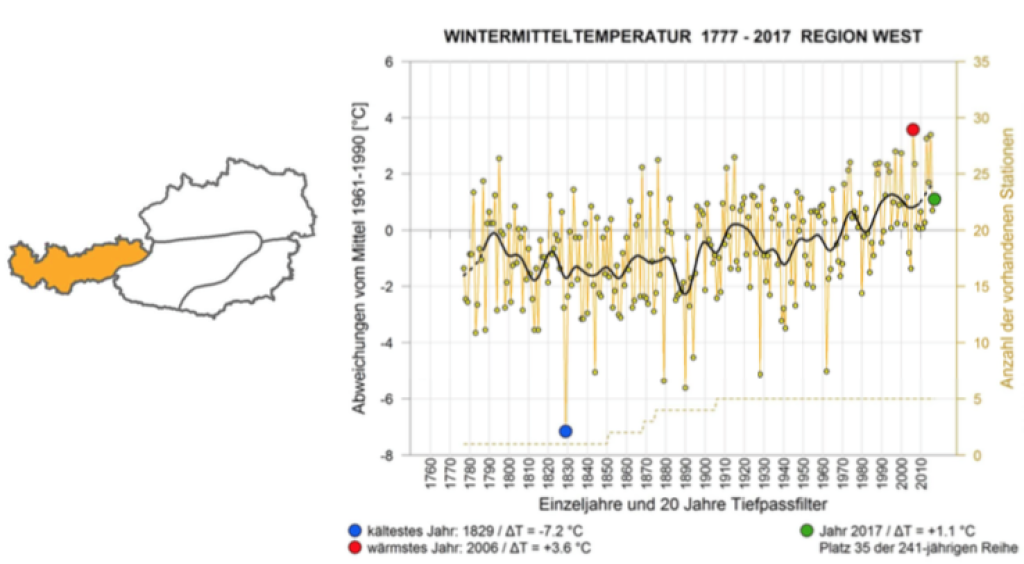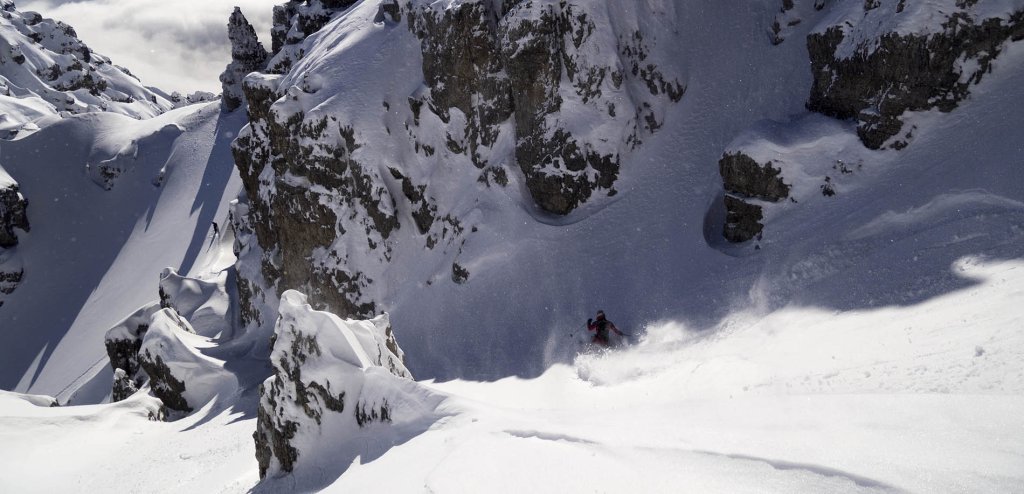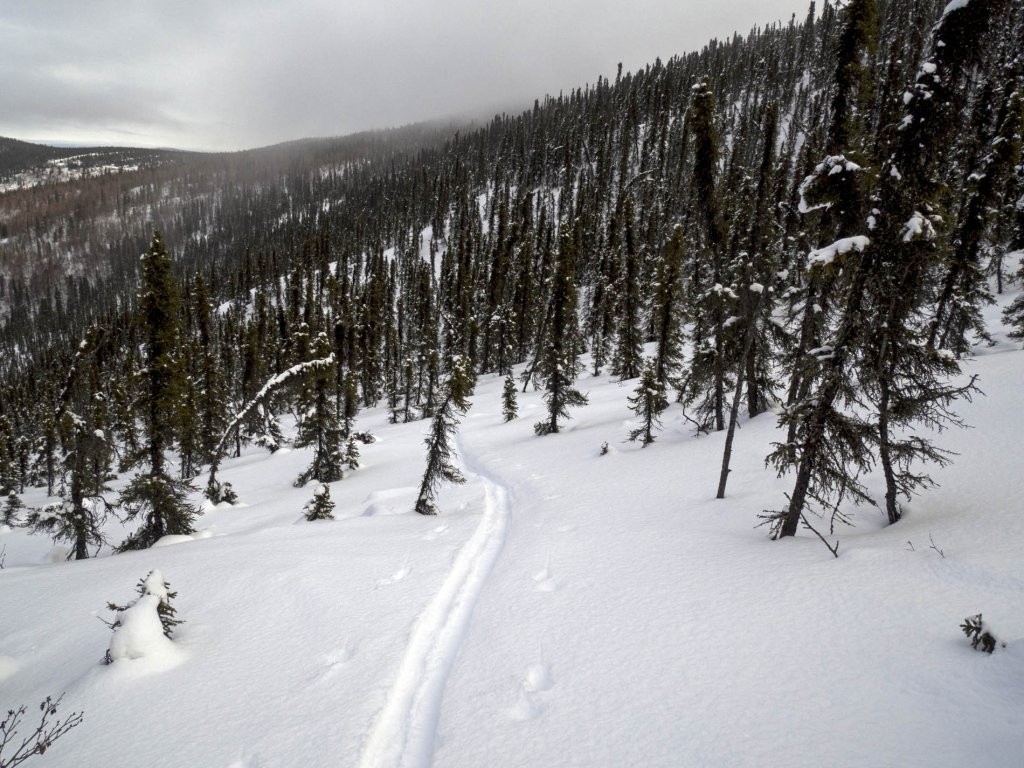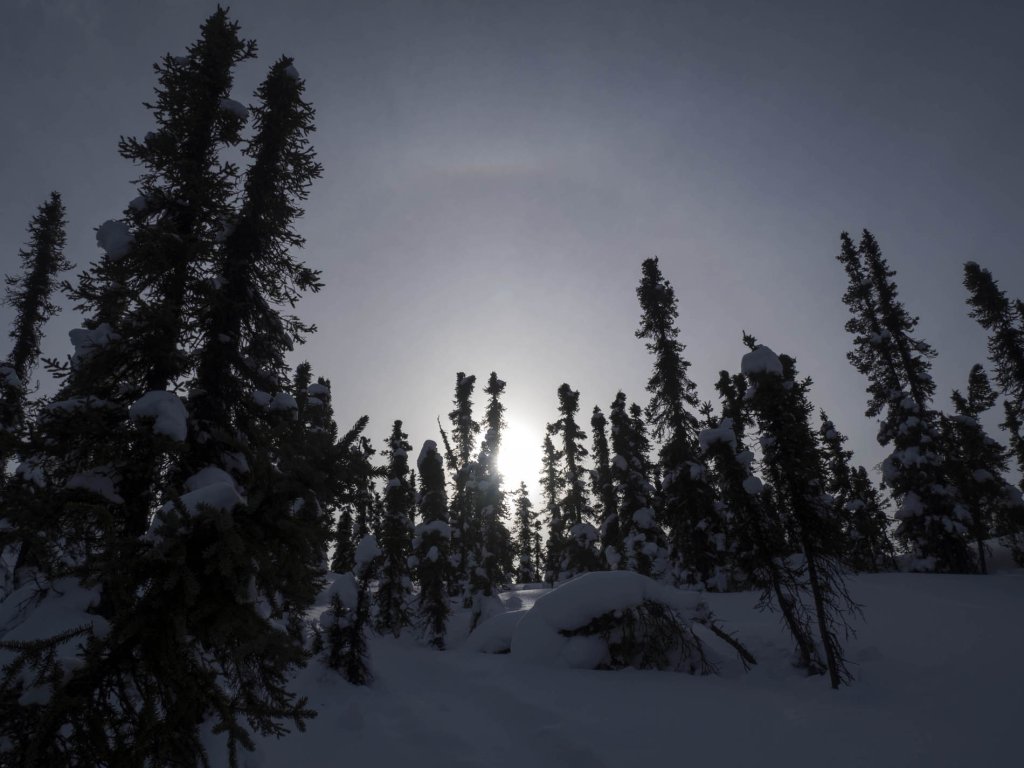March was and still is cool and wintry, especially south of the main Alpine ridge. MeteoSwiss, for example, has prepared this in detail here for the Lugano location. The possibly more important statistics can be found in the PowderAlerts of the month. Although the current one applies more to the northwest, there will most likely be one for the south this week and it hasn't been long since the last southern alert.
A westerly flow is responsible for the cool March weather today and tomorrow, which will bring a disturbance to the Alps from the northwest in the course of today. As can be read in more detail in the PA, this will be particularly active in terms of snow in the western part of the northern slopes of the Alps. As the flow is quite strong, not everything will stick to the edge of the Alps, so that the northern main ridge will also get the odd snowflake or two. In the eastern Alps, it will also become cloudy during the course of the day, but less and less snow will accumulate towards the east.
